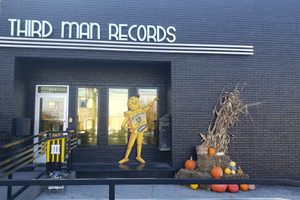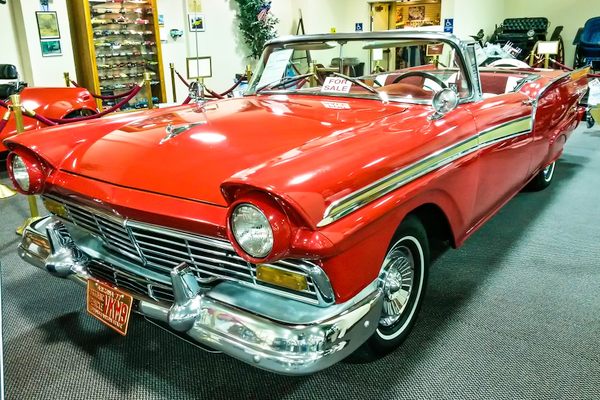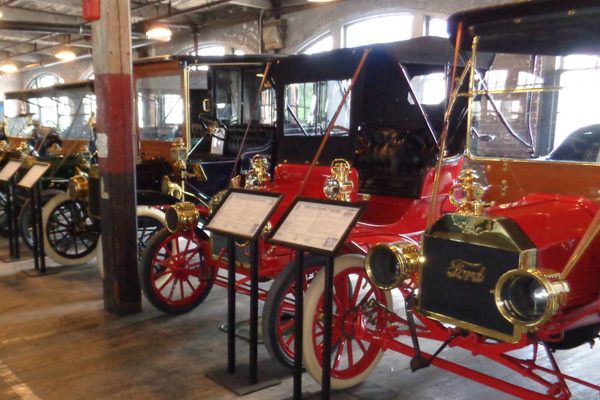About
Between electric vehicles, driverless cars, and accident-prevention tech, the wonders of automotive invention are all around us. Of course, for every idea that worked, there are many more that failed. For all the ideas that didn’t—either for technological or commercial reasons—there’s the Lane Motor Museum.
The museum opened with a personal donation in 2003 by Jeff Lane—an area car enthusiast and current museum director—of 150 rare vehicles displayed in a 132,000 square-foot brick building that was a bread factory in the 1930s. In the years since, Lane Motor Museum has incorporated 560 vehicles into its rotating exhibit, making it not only the largest collection of European automobiles in the U.S., but a thorough retrospective on the relationship between humans, wheels, and motion.
Of course, there are the exceptional vehicles of yesterday and today that you’d recognize, even if you haven’t seen in person—a DeLorean, Grand Prix racers, and an array of rare European vehicles from decades past. Then there are the quiet flubs of automotive history, ideas that defy now-conventional notions of transportation.
There’s a replica 1915 Aero-Sled designed by a Chicago car company as a practical means of winter transportation; a 1948 Berger rocket-powered car; a replica of Buckminster Fuller’s 1933 Dymaxion, steered from the rear and an optimistic precursor to flying vehicles. There are vehicles powered by propeller, fan, steam, and coal; vehicles with one wheel, three wheels, skis for wheels, and vehicles that double as watercraft.
Some are small. There’s a fleet of French ACOMA Comtesse microcars from the 1970s—so small they could be operated without a permit; a 1948 Larmar, the world’s narrowest car at two-feet four-inches wide; and a replica 1936 Carabe, a 200-pound wooden car meant to be built by hand.
One is particularly large. The museum’s 1959 LARC-LX (light amphibious resupply cargo) is the U.S. military’s largest vehicle: a 100-ton, 62-foot long, 26-foot wide amphibious craft that shut down traffic in Nashville just to get to the museum.
More stunning than the fleet of vehicles, motorcycles, and airplanes themselves is that about 90 percent of them are fully functional: the museum has a dedicated maintenance team that takes individual vehicles out for test drives about once a year. Pop in on the right day and you may see a silver Monopoly car zipping around the parking lot.
Related Tags
Know Before You Go
The museum is open from 10 a.m. to 5 p.m. on Monday, Thursday, Friday, Saturday, and Sunday. It is closed on Tuesday and Wednesday.
Check the museum website for ticket information.
Community Contributors
Added By
Published
October 25, 2021






























































